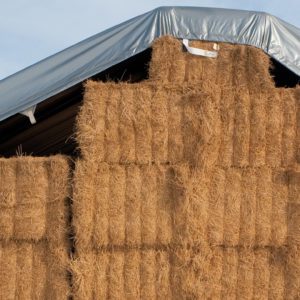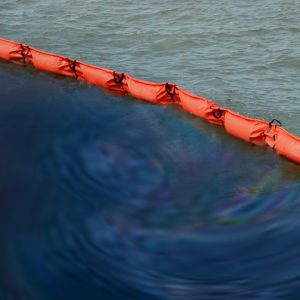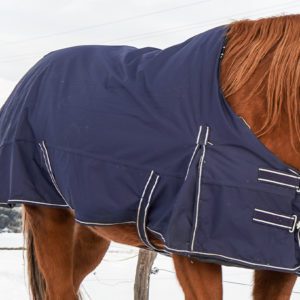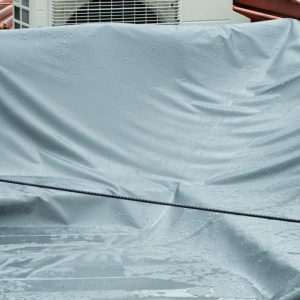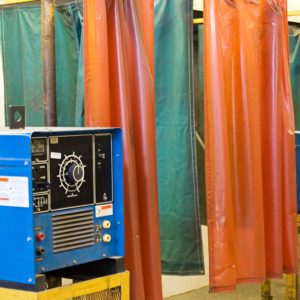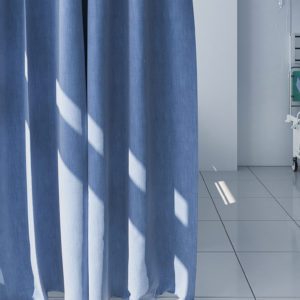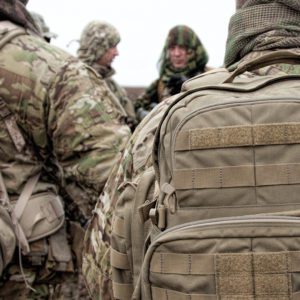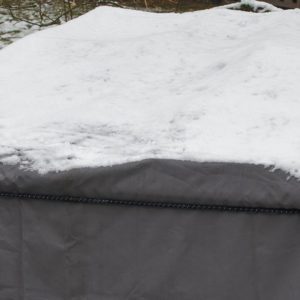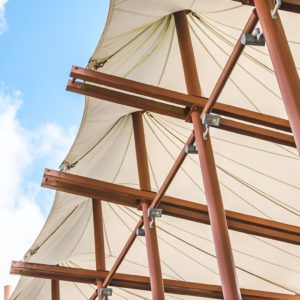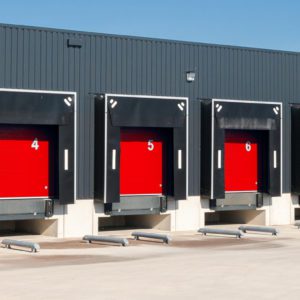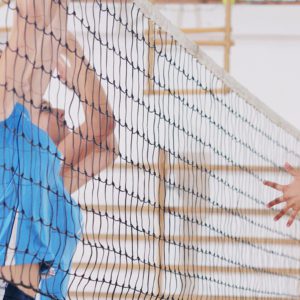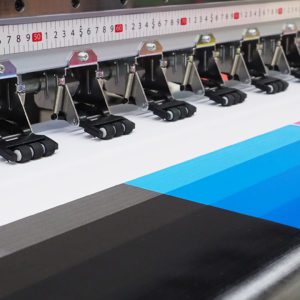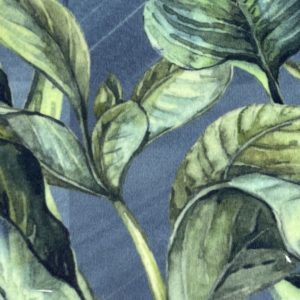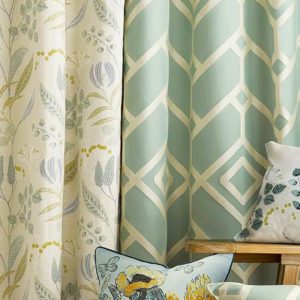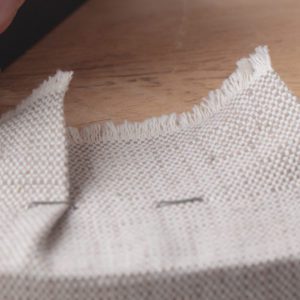Overview
Dye-Sublimation is the process of printing onto transfer paper and running that paper, along with a fabric, through a heat calender. While under high heat, the ink will gas-off the paper and transfer to the polyester fabric. Let’s break down the dye sublimation process a bit further and highlight some critical details.
The Dye-Sublimation Process
Dye-Sublimation is a process by which a print/pattern, design, or photograph is printed with water-soluble disperse dyes (ink) onto transfer paper.
Once the transfer paper is printed, a polyester fabric and paper are run through a calender.
The high heat from the calender turns the ink into a gas, which is sublimated onto the polyester fabric. When heated, the polymers in the polyester bond with the gaseous ink, creating graphics that are completely embedded into the fabric fibers.
Why Dye-Sublimation?
Environmental Sustainability
Significantly less water and electricity are used in dye-sublimation printing in comparison to traditional rotary or flatbed print methods.
Unlimited Color Capability
With digital printing, any and all colors in the printer’s color gamut and profile can be printed. In contrast, traditional print methods use individual screens for each color, which at best is a maximum of 16 colors. On top of that, each color/screen costs anywhere from $300-$1000, which makes digital printing more cost effective for prototyping, short-runs, and experimentation.
Photographic Capability
Due to the unlimited color capacity combined with pixel print clarity, digital printing allows photographs to be successfully printed onto fabric.
Superior Crock & Color-to-Washfastness
The dye-sublimation printing process does not have any crocking issues, which means the ink does not rub off of the fabric once printed. For reference, crocking is still a major problem/barrier for digital pigment printing. It also has excellent color-to-washfastness, making it a superior digital textile print method for apparel.
Excellent Hand
The dye-sublimation process is unique because the ink is gassed onto the fabric, unlike other digital print processes where the ink sits on the surface of the fabric. In most cases, due to the fact that the ink penetrates the fabric, the fabric does not become stiff or scratchy.
Disadvantages to Dye-Sublimation
Costly for Long-Runs
Depending on the scope of the project, dye-sublimation printing can be less cost effective for runs over 5,000 yards. That said, many technical advantages are only possible with digital printing that can not be replicated by traditional rotary or flatbed printing methods.
Limited to Polyester
Dye-sublimation is only compatible with polyester fabric, which can be a barrier for some projects.
Summary
Dye-sublimation is considered by many as the tried-and-true digital textile print method. With no crocking issues, excellent color-to-lightfastness, and the ability to print unlimited colors and photographs, dye-sublimation’s technology is bulletproof. It’s a simple two-step process, print onto transfer paper and run the paper and polyester fabric through the calender so that the ink gasses off onto the fabric. Voila!
